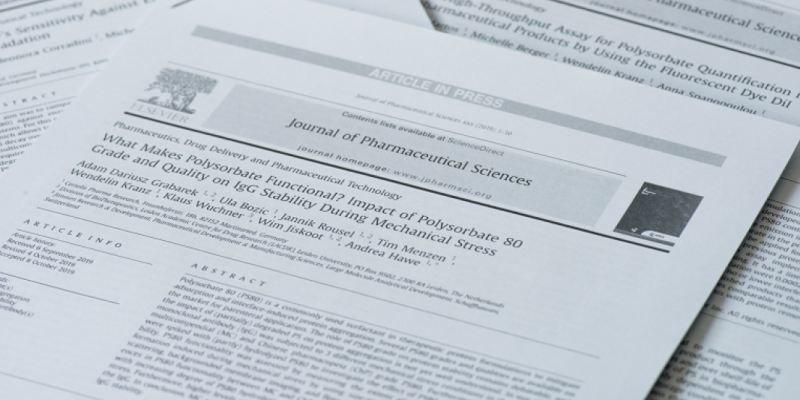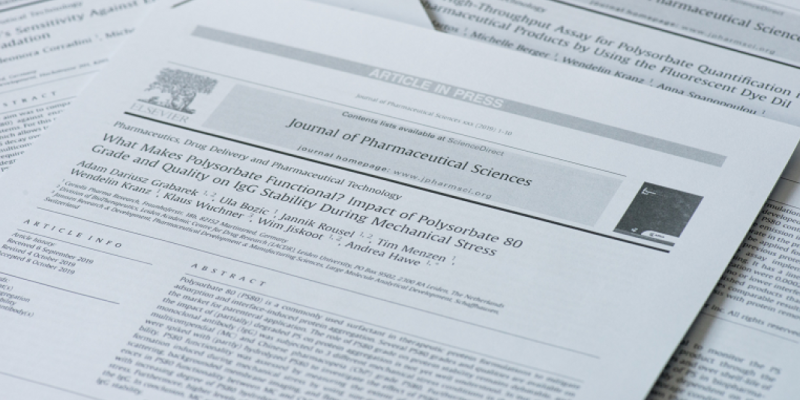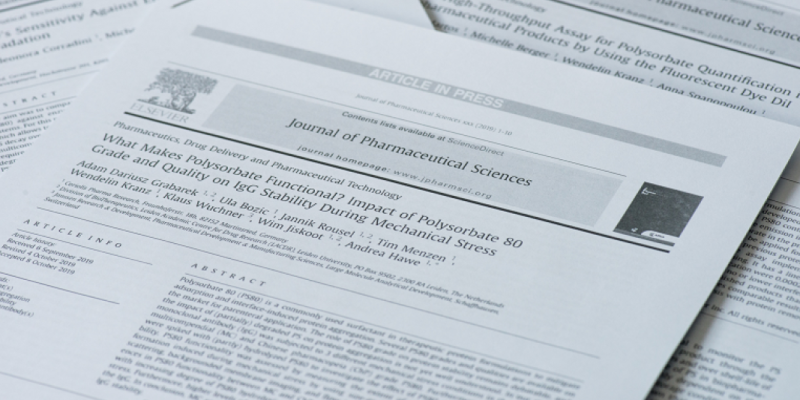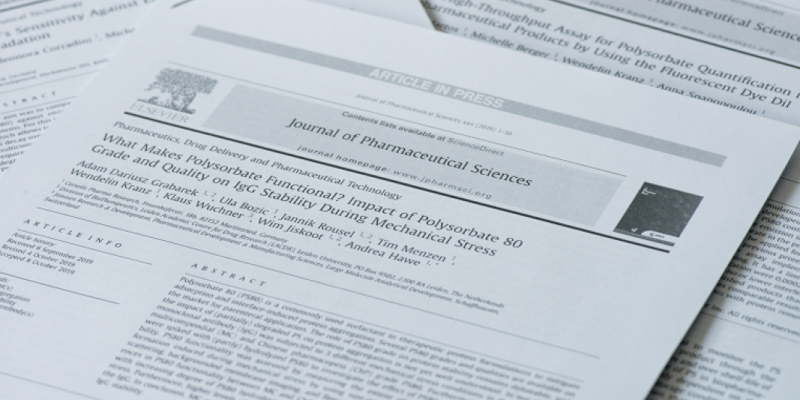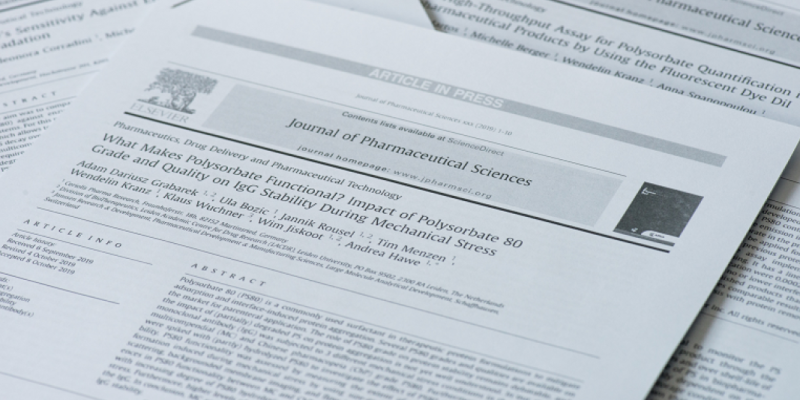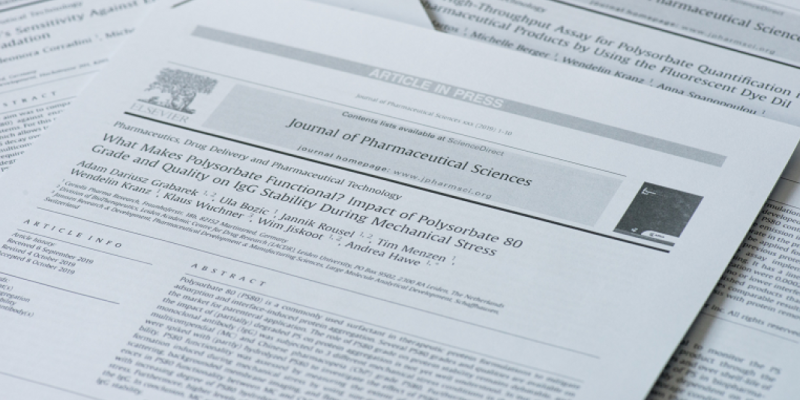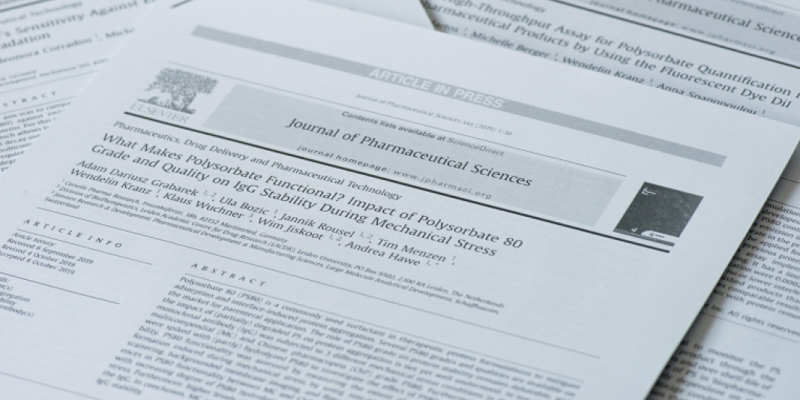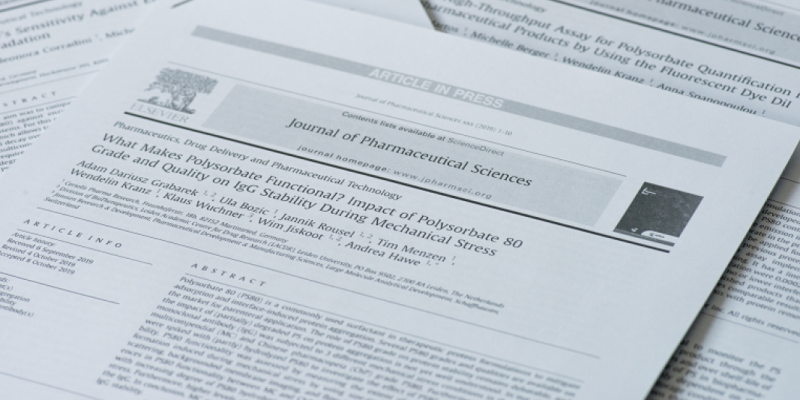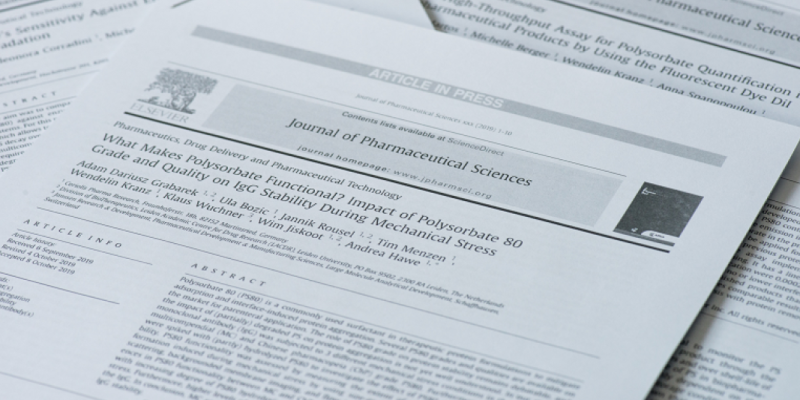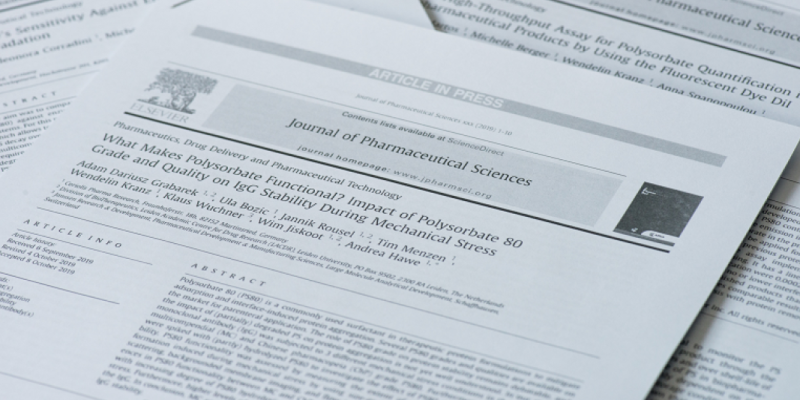Vesicular phospholipid gels as drug delivery systems for small molecular weight drugs, peptides and proteins: State of the art review.
Int J Pharm. 2019 FEB
Lipid-based drug delivery has been investigated for a long time when it comes to liposomes and solid-lipid implants or solid-lipid nanoparticles. The promising, characteristic properties of these systems have led to the development of newer lipid-based drug delivery systems for the sustained release of drugs like liposomes for sustained delivery of substances, DepoFoam™ technology, phospholipid-based phase separation gels and vesicular phospholipid gels. Vesicular phospholipid gels (VPGs) are highly concentrated, viscous dispersions of high amounts of phospholipids in aqueous drug solution. The easy, solvent-free manufacturing process, high biocompatibility and various applications, as depot formulation for the sustained delivery of drugs and as a storage form of small unilamellar vesicles make VPGs highly attractive as drug carriers. Over the last years, the solvent free preparation process has advanced from high pressure homogenization to dual centrifugation (DC). Thereby a very simple one step process has been established for the preparation of VPGs. The semisolid VPG was first described in 1997 by Brandl et al. Since then, many formulations have been developed, encapsulating small molecular weight drugs like 5-FU (2003), cetrorelix (2005), cytarabine (2012) and exenatide (2015). In 2010, the first pharmaceutical protein, erythropoietin, was encapsulated in VPGs and sustained release of the substance was shown in vitro. In 2015, G-CSF was encapsulated in VPGs and tested in vivo for rotator cuff repair in a rat model and for PEGylated IFN-β-1b sustained release from vesicular phospholipid gels was demonstrated in vitro. Further, a very elegant administration technique for VPGs via needle-free injection was established. However this promising drug delivery system does still leave space for improvement and optimization. This review summarizes information about lipid-based depot systems in general and focuses on the historical development of VPGs. It emphasizes the advantages and drawbacks of VPGs as drug delivery device. Additionally, novel preparation methods and applications of VPGs will be discussed. A focus will be set on delivery of pharmaceutical proteins and peptides.
Int J Pharm. 2019 FEB
https://www.sciencedirect.com/science/article/pii/S0378517318309402?via%3Dihub=

